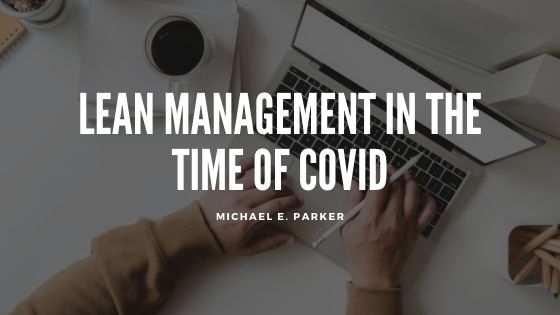Lean management is a term thrown around by many successful business people, but what exactly is it? At its core, lean management means “creating more value for customers with fewer resources,” according to Lean Enterprise Institute. While this sounds like a cost-cutting project, it is actually not only about cutting costs. It is about creating a company where things are continuously improving. To truly understand lean management, let’s break it down into three sections.
Understand Your Customer’s Needs
One of the biggest components of any lean business is the ability to truly understand what your customers not only want, but need. Any business can benefit from this, as delivering a product which no one has a need for is a sure way to go out of business. Therefore, you should really listen to your customers’ feedback to identify areas you can change and ones you can capitalize on. In order to do this, you may need to go through several different channels. Email or paper surveys will get a minimal amount of responses, but they may be more thorough when it comes to hearing directly from the customers. You can also look at buying trends, such as which products or services sell more and are complained about the least. Regardless of your methodology, make sure to keep an emotional distance from your product to ensure you are able to hear what customers really want.
Get Rid of Waste
Companies that waste resources typically are not aware they are doing so, and it can take a dramatic realization to understand that something needs to change. Lean management looks to get rid of waste in all areas. In some cases, there may be two positions that could be combined into one, costing less and making processes more efficient. However, a big component of waste actually plays into the point above. Many businesses offer products and services that people overwhelmingly would not miss. Offering these options usually loses more money than it makes, especially when you have a dedicated team working on it. Once these areas have been identified, it’s important to follow through and cut back on waste, with the goal of eventually eliminating all waste.
Constantly Improve
Every company has ways it can improve. For example, an outdated process or policy can cause time to be wasted. When employees, customers, and management notice areas of weakness, they should report it and it should be fixed. Constant improvement is a major focus of lean management, as weaknesses are often directly tied to one of the points above. Change is a good thing, and lean management holds the philosophy that nothing will get better if there is a fear of change.
Ultimately, through each of these steps, lean management achieves goals of more productivity and lower costs. However, they may also lead to better employee satisfaction and a culture of respect for others’ ideas. While you could get more micro about operating a lean team, start with the points mentioned and you will notice the improvements almost immediately.






